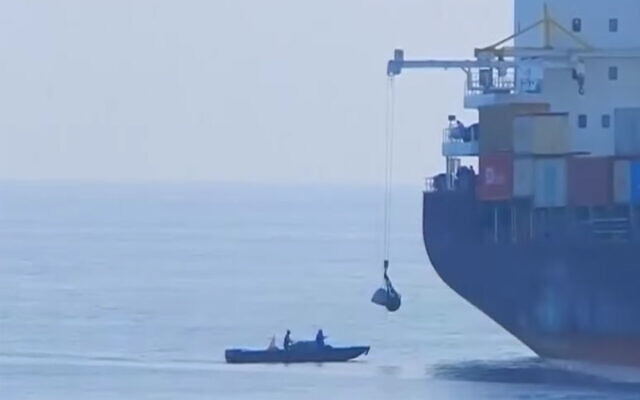

Jerusalem reportedly told US it hit vessel in response to attacks on Israeli ships; official US report calls Saviz covert IRGC base; strike comes amid indirect US-Iran nuke deal talks.
Israeli forces carried out a strike on an Iranian ship in the Red Sea in retaliation for previous strikes by Iran against Israeli vessels, according to a Tuesday report.
A US official told The New York Times that Israel notified the US that Israeli forces attacked the ship around 7:30 a.m. local time on Tuesday.
The anonymous US official said Israel called the strike a retaliation, and that the ship had been hit below the water line.
Israel has not officially commented on the incident. Israel rarely confirms or denies strikes against Iran-linked targets, but sometimes claims credit for attacks that are a direct response to aggression by Iran or its proxies.
Iran’s semi-official Tasnim news agency reported Tuesday that the Iranian-flagged ship, the Saviz, was hit by a limpet mine.
Arabic media reports claimed the ship was an intelligence-gathering vessel linked to Iran’s Islamic Revolutionary Guard Corps.
Tasnim said Saviz “has been stationed in the Red Sea for the past few years to support Iranian commandos who are sent to escort commercial vessels.”
The outlet said the vessel had been hit by a mine that had been attached to it. Limpet mines are a type of naval explosive that attach to targets using magnets.
The New York Times said the ship was stationed in the area to combat pirates, making it the first military vessel known to have been attacked in the Israel-Iran shadow war. The Saviz was classified as a cargo ship.
Iranian media showed flames and smoke aboard the ship, but the level of damage was unclear, and it was unknown if there were any casualties.
The IRGC blamed Israel for the attack on social media, The New York Times said.
The US official said the attack may have been timed to let an American aircraft carrier, the Dwight D. Eisenhower, to move away from the area. The carrier was around 200 miles away at the time of the strike, the official said.
Unnamed American officials told Reuters that the United States was not responsible for the attack.
Israel’s Channel 12 reported that an intelligence firm believed the ship was used by the IRGC for surveillance and espionage purposes and was known to western intelligence.
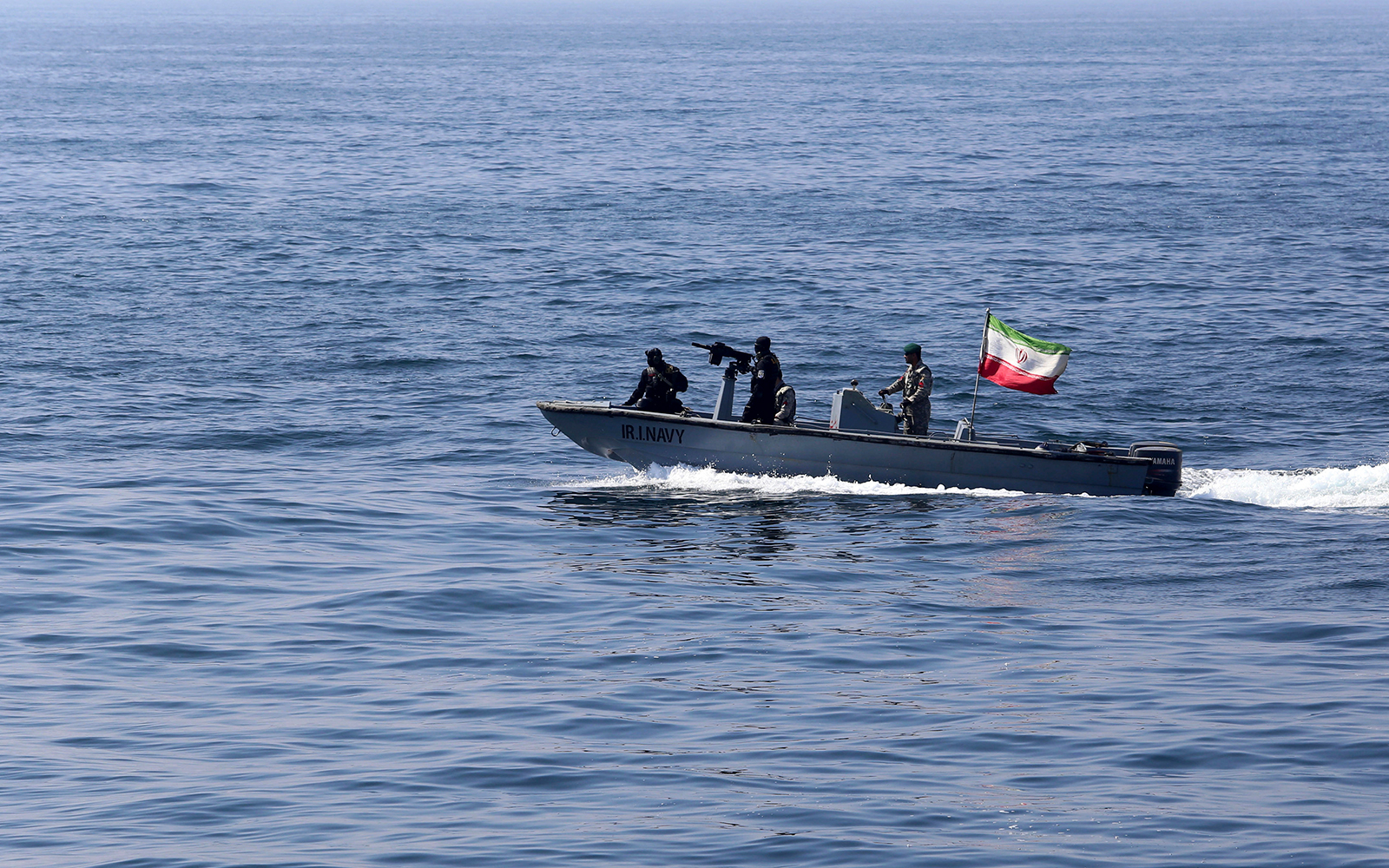
The ImageSat intelligence firm said satellite imagery showed the ship had hardly moved in the past two years, strengthening suspicions that it was used to monitor maritime activities in the area.
The US Naval Institute said in an October 2020 report that the Saviz, although officially a merchant vessel, was “most likely a covert Islamic Revolutionary Guard Corps (IRGC) forward base.”
Saudi Arabia and other intelligence experts accused the IRGC of operating the Saviz, the report said.
The ship is located at a strategic choke point in the Red Sea. It can provide constant real-time intelligence to Iran about maritime traffic in the area from its strategic position, including on military vessels, the report said.
Uniformed men have been seen onboard the ship, and on the deck are small launch boats that are commonly used by the IRGC and not congruent with the ship’s purported civilian purposes.
“The inference is clear. There is no legitimate civilian explanation for the action,” the US Naval Institute report said.
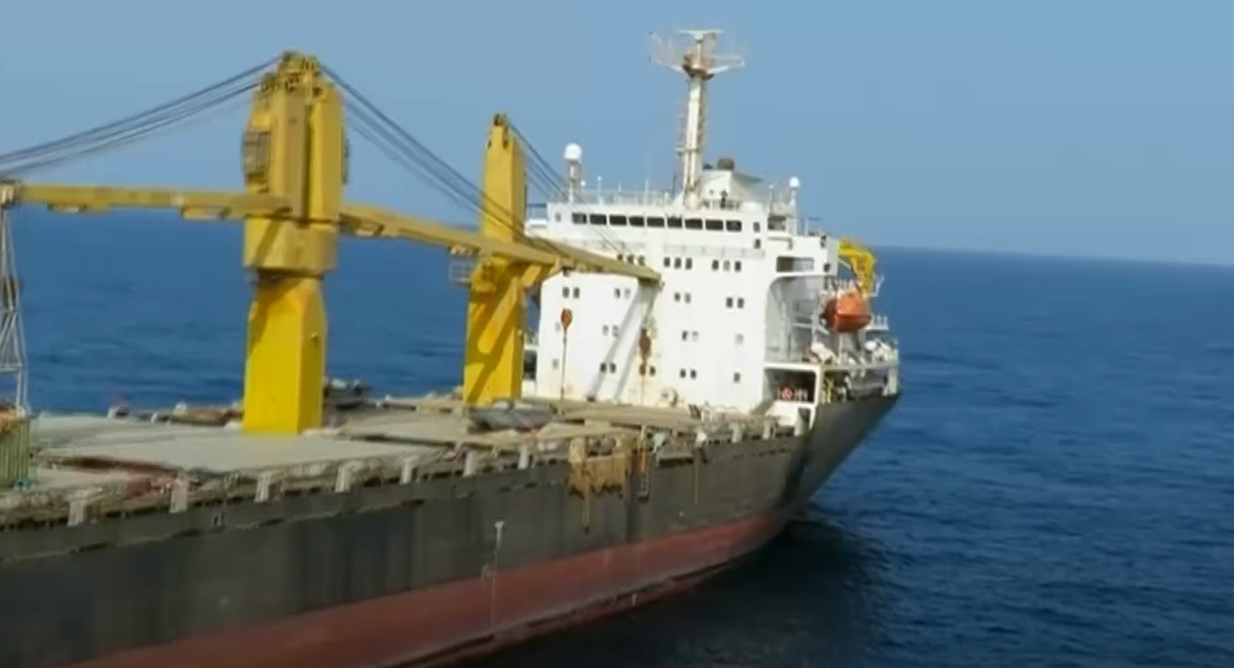

In recent months, reports have showed the Israel-Iran conflict has spilled into the sea, marking a new front in the conflict that previously took place via airstrikes, alleged espionage activities and on land.
Starting in 2019, Israel attacked Iranian commercial ships transporting oil and weapons in the Mediterranean and Red Sea, according to US media reports.
Israel and Iran have accused each other recently of attacking a number of merchant ships, damaging them with explosives. The vessels in each case were only lightly damaged and there were no injuries in the incidents.
On February 26, a blast struck the Israeli-owned MV Helios Ray, a Bahamian-flagged cargo ship, in the Gulf of Oman. Prime Minister Benjamin Netanyahu accused Iran of attacking the ship. Iran swiftly denied the charge, but experts say the attack bears hallmarks of previous attacks ascribed to Tehran.
The operation seemed to have been carefully planned, and mirrored a series of attacks on tankers in 2019 and an Iranian campaign against shipping vessels four decades ago.
Another Israeli-owned vessel reportedly came under missile fire in the Gulf of Oman in late March, possibly by Iranian forces.
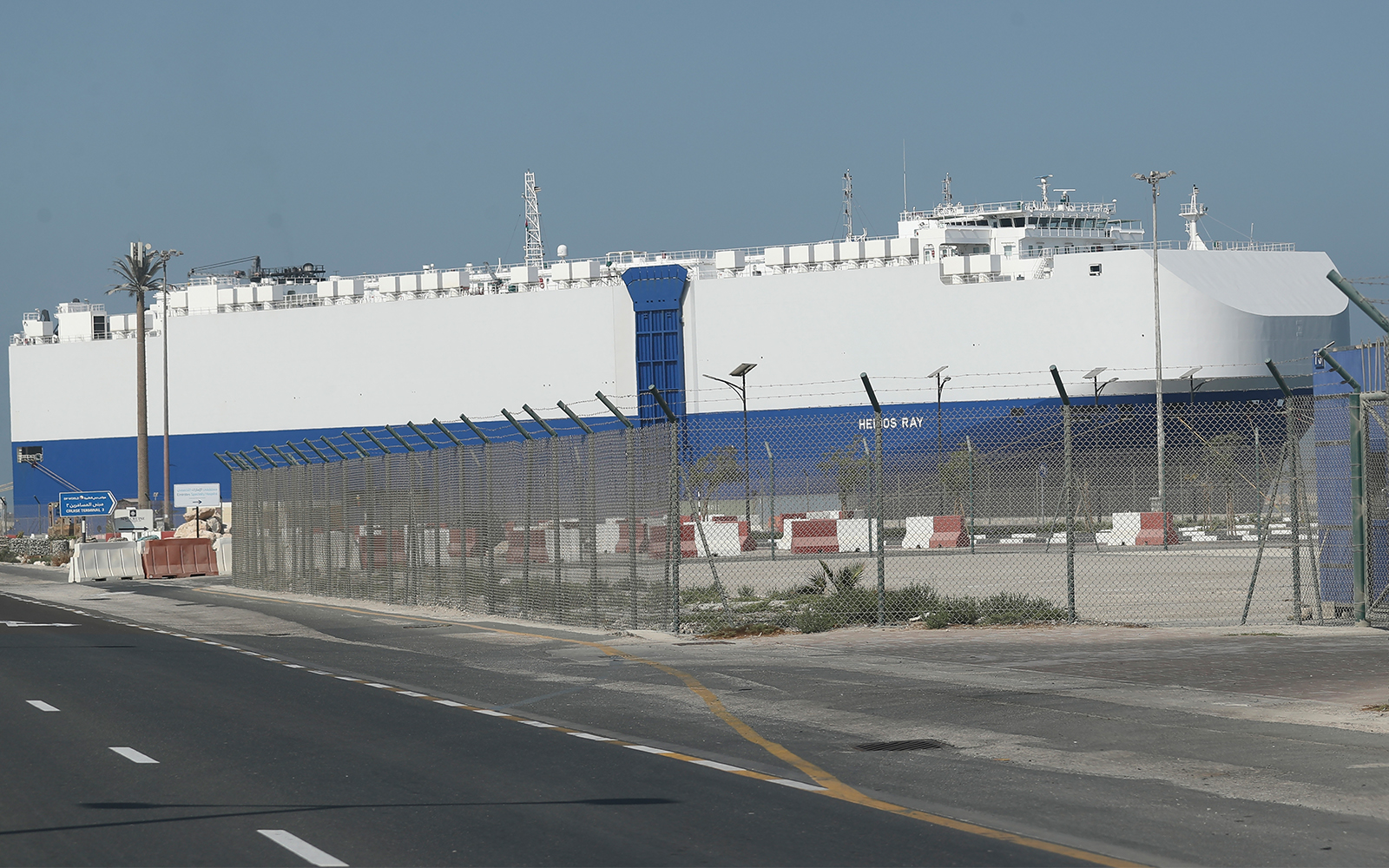

The Wall Street Journal reported last month that Israel has targeted at least 12 ships bound for Syria, most of them transporting Iranian oil, with mines and other weapons.
Iran, whose leaders have repeatedly called for Israel’s demise, backs the Hezbollah terrorist group, as well as terror groups in the Gaza Strip.
The Israeli military has launched hundreds of airstrikes in Syria since the start of the civil war in 2011 against moves by Iran to establish a permanent military presence in the country and efforts to transport advanced, “game-changing” weapons to terrorist groups in the region, principally Hezbollah.
Iran has blamed Israel for a recent series of attacks, including a mysterious explosion last summer that destroyed an advanced centrifuge assembly plant at its Natanz nuclear facility and the killing of Mohsen Fakhrizadeh, a top Iranian scientist who founded the Islamic Republic’s military nuclear program two decades ago.
Tensions have heated in the Middle East in recent months, as Iran repeatedly violated the terms of its 2015 nuclear deal with world powers ahead of talks with the Biden administration.
The US and Iran opened indirect talks aimed at rescuing the deal on Tuesday in Vienna.
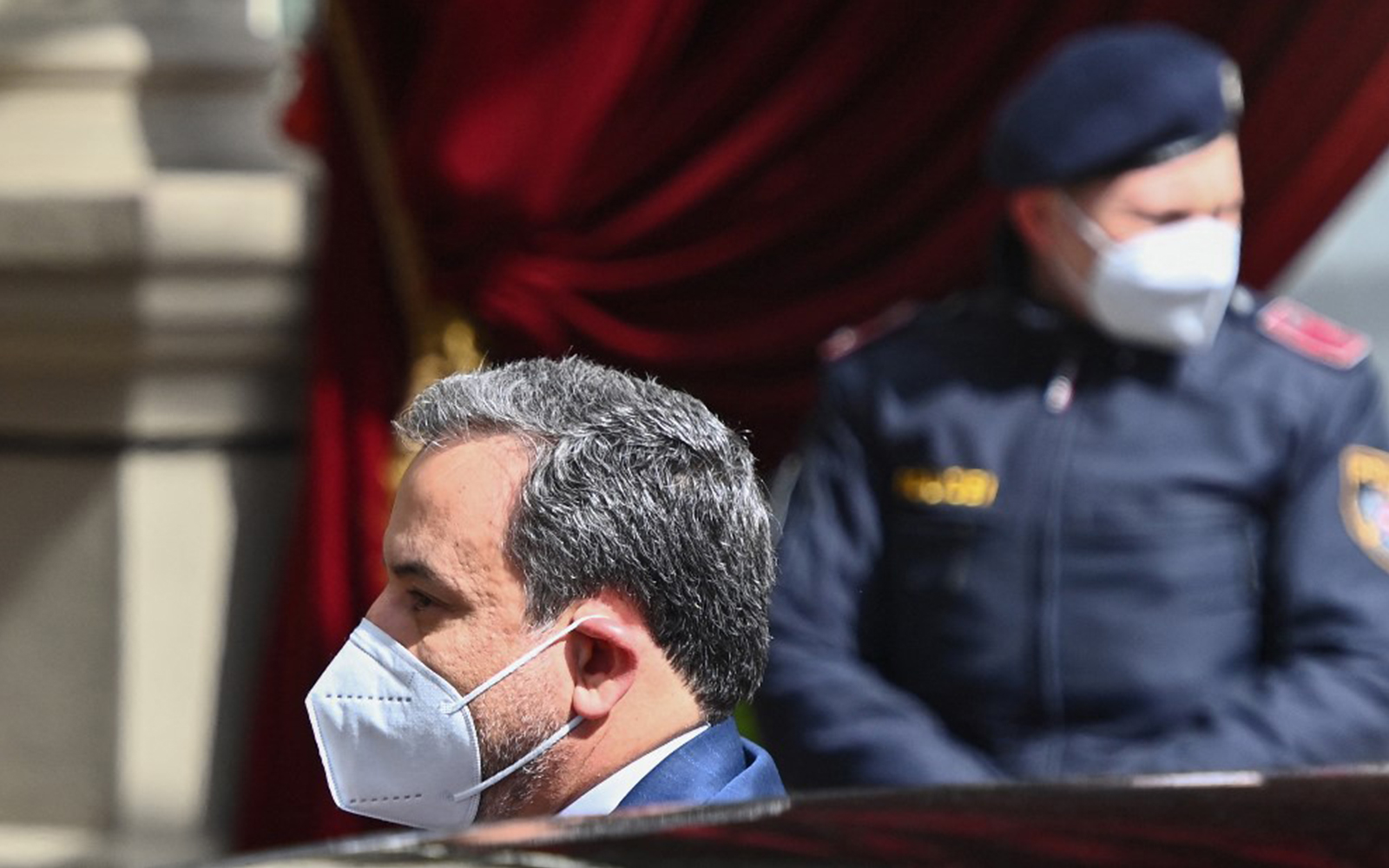

The US, Iran and European intermediaries reported progress on reviving the deal following the Tuesday meeting, which saw the Biden administration and Iran hold indirect talks for the first time.
US President Joe Biden has said he is ready to reverse the decision of his predecessor Donald Trump to withdraw from the landmark 2015 agreement, negotiated to ensure that Iran did not develop a military nuclear program, but the White House has insisted that Iran first return to compliance. Tehran demands the US first lift sanctions, putting the sides at a stalemate.
Talks between the delegates from the remaining members of the 2015 agreement will continue Wednesday, a diplomat familiar with the discussions said.
Since Trump pulled the US out of the deal with Iran in 2018, re-imposing sanctions on Tehran, the remaining parties have been struggling to save the agreement, as Iran has gradually stepped up its nuclear activities, including by enriching uranium past the deal’s limits and barring inspectors from accessing sensitive sites.
Israel is strongly opposed to a return to the nuclear deal in its original form, and has communicated as much to Washington. The sides recently reestablished a bilateral group for cooperating in the effort to prevent Iran from acquiring nuclear arms, agreeing to set up a joint team for sharing intelligence about Iran’s nuclear program.
(Times of Israel).





